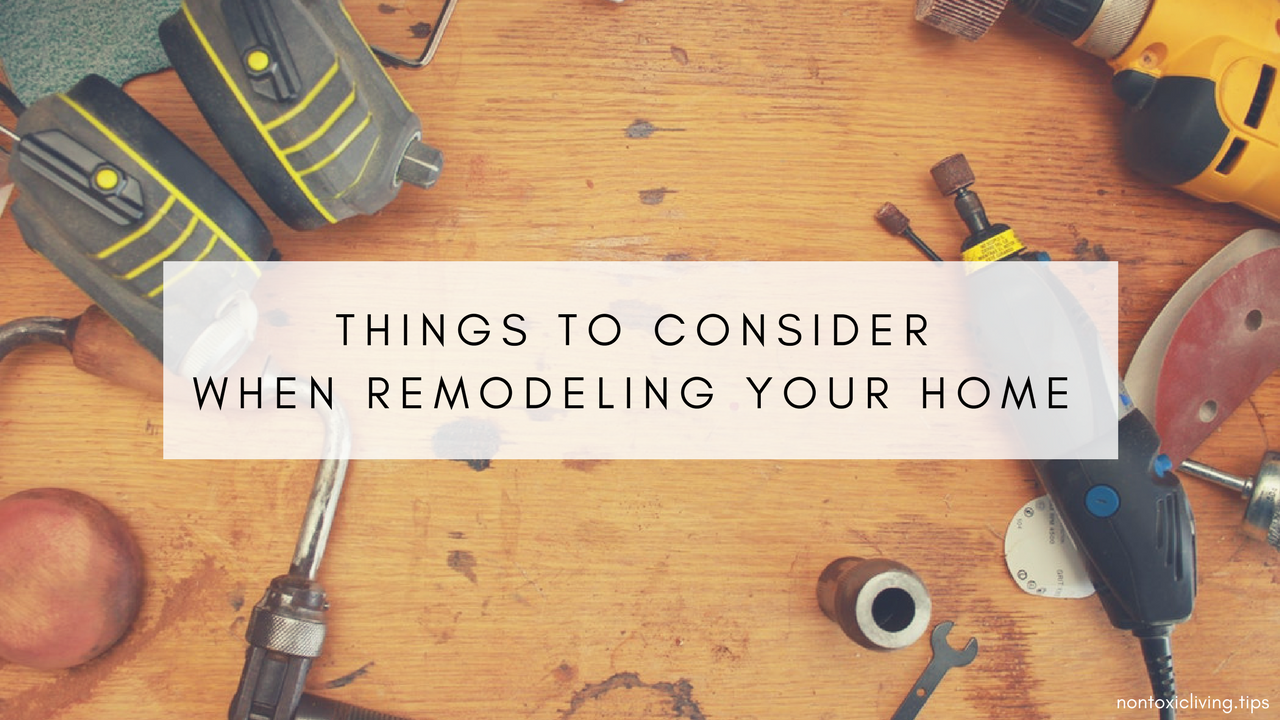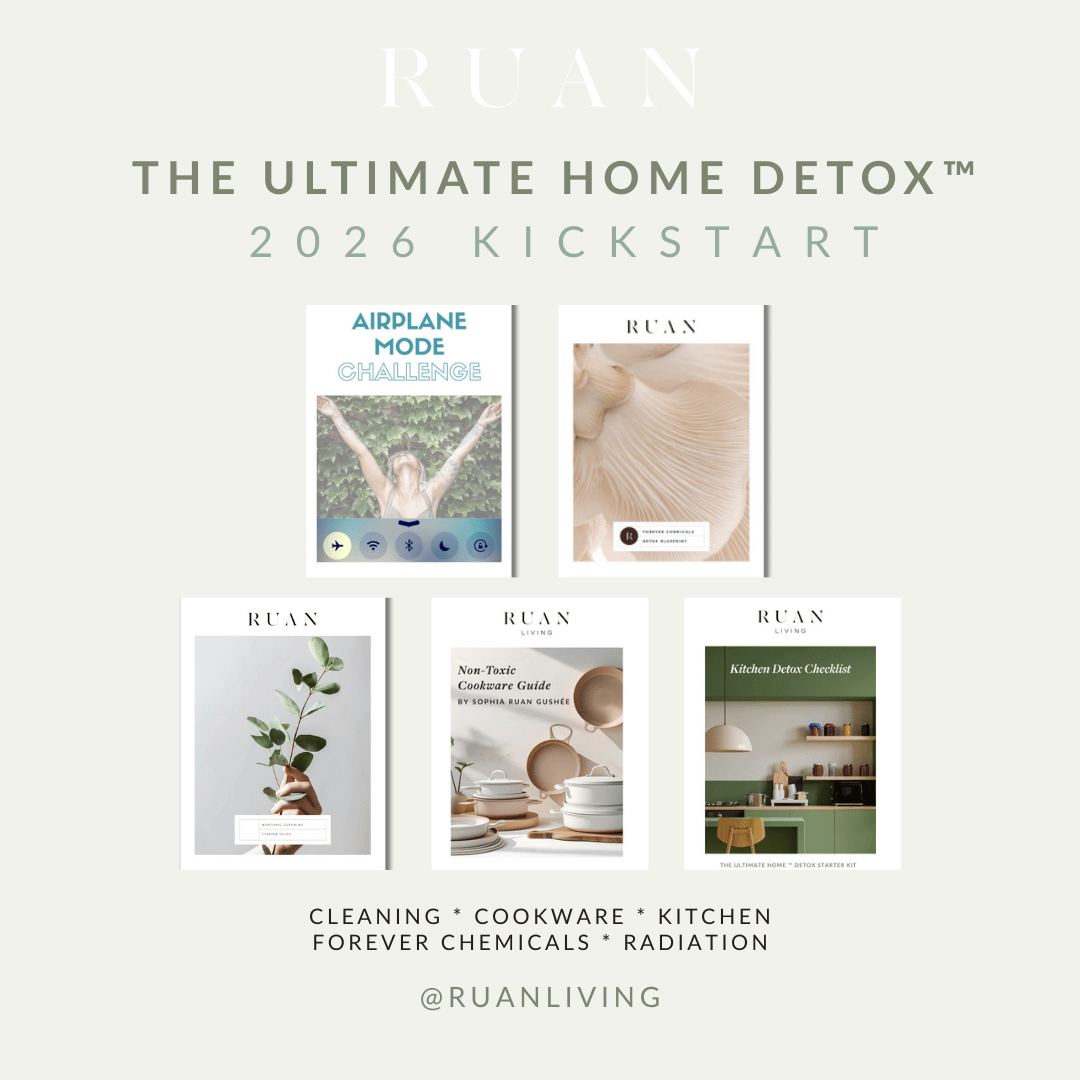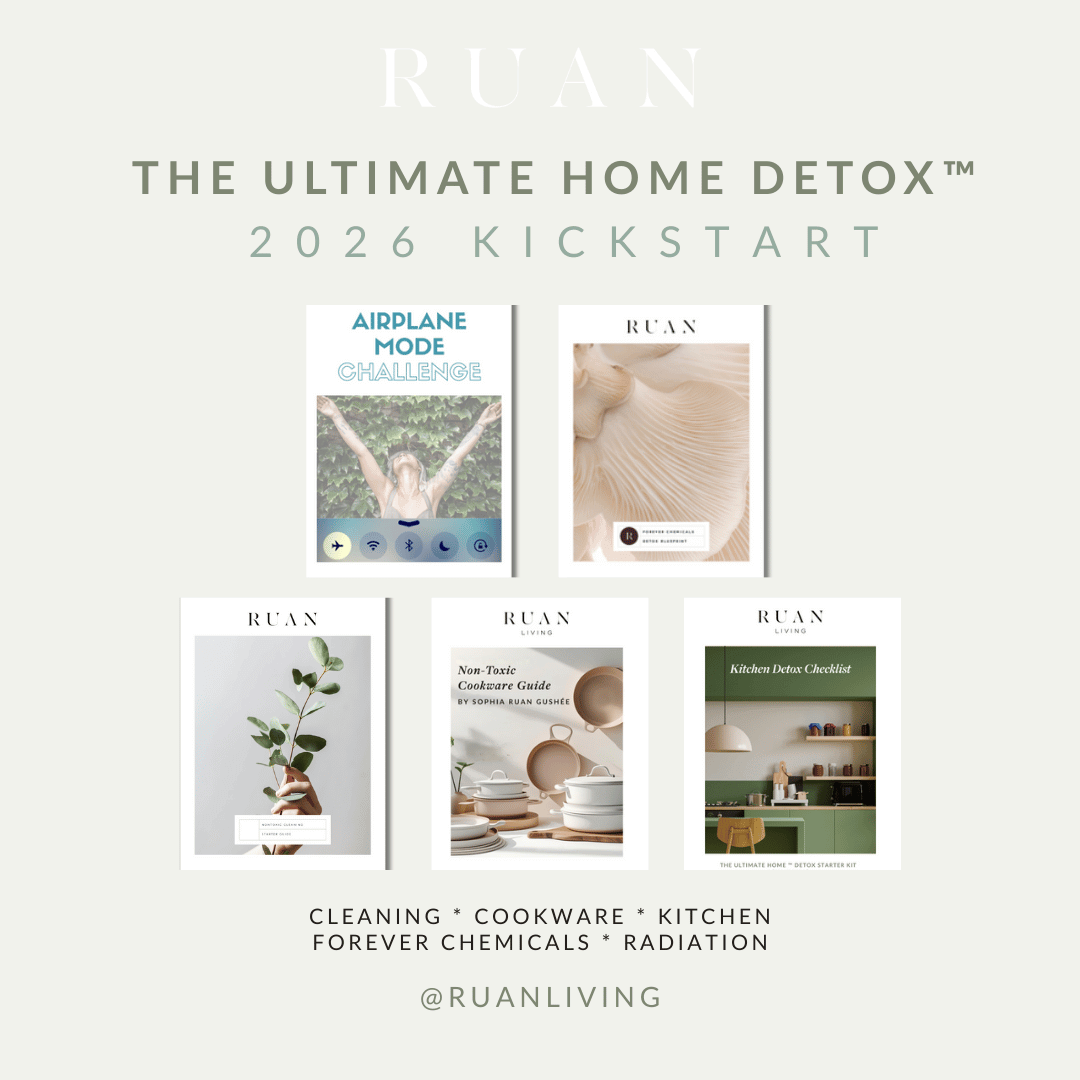
10 Things to Consider When You Want to Remodel Your Home
Mar 27, 2018by Angela Cummings and Sophia Ruan Gushée
Home remodeling can be trickier than building a new home, in the sense that you, the homeowner, are likely still living in the home while it’s being remodeled.
This gives added importance to choosing materials with fewer chemicals that are off-gassing and reducing indoor air quality.
Each stage of the construction process involves choosing materials that can off-gas into the indoor air environment. However, for the purposes of this article, we’ll focus in the indoor finish materials to consider when remodeling a home.
Remodeling with healthier materials
As a homeowner, you may be thinking, “I want to remodel my house, but I’m not sure which materials are healthier.” The remodeling stages outlined below involve choosing indoor finish materials that can affect indoor air quality.
1. Windows
Installing new or replacement windows.
- Choose wood with metal clad finish windows instead of those made of vinyl or fiberglass and resin.
- Use adhesives and sealants that are low-VOC, but still meant for sealing outdoor surfaces.
2. Cabinet Replacement
Choosing new or replacement cabinets and shelves.
- Most cabinetry is made of plywood for the box. Choose formaldehyde-free plywood. If you can, choose solid hardwood instead.
- Ask for solid hardwood frames and doors. Popular solid hardwood varieties include oak and maple.
- Choose unfinished cabinets, and finish them yourself with a zero- or low-VOC stain and finish or paint. Alternatively, find a manufacturer that uses a zero- or low-VOC stain and finish on its cabinetry.
- Avoid laminate and vinyl coated cabinets.
- Avoid composite wood cabinets and shelving.
- Install solid hardwood shelving finished with a zero-VOC finish to protect cabinet surfaces.
3. Countertop Installation
Countertops for kitchens, bathrooms, and laundry rooms.
- Consider quartz or marble counters which do not require a sealant and are made of stone, not resin.
- Avoid counters—such as granite or other stone surfaces—that require a toxic sealant.
- Avoid laminate countertops made from composite wood and plastics.
- Install countertops with a zero- or low-VOC adhesive.
- Caulk counter edges with a zero- or low-VOC caulk to keep water from dripping and splashing behind cabinets during normal use.
4. Backsplash Installation
Backsplashes in bathrooms and kitchens, between countertop and walls
- Install a backsplash on each side of the counter that touches a wall to prevent adjoining drywall from becoming damaged during normal everyday use.
- Choose counters with a backsplash built into the counter and made of the same material as the counter (see tips above for choosing a healthier counter).
- Alternatively, install 100% ceramic tile backsplash that is lead-free.
- Install ceramic tile with zero- or low-VOC thinset and caulk with a zero- or low-VOC caulk.
- Use zero- or low-VOC grout. Consider sealing the grout with a zero- or low-VOC grout sealer to help avoid staining of grout.
5. Shower Enclosures
Bathtub and shower wall material and waterproof sealants.
- Install 100% ceramic tile on tub and shower walls.
- Use cement board behind the ceramic tile.
- Grout or caulk with a zero- or low-VOC product.
- Install a glass shower door or 100% organic cotton shower curtain.
6. Interior Paints and Wall Coverings
Interior wall and ceiling paints, and other wall coverings.
- Look for paints with zero- or low-VOC labels and those that have the fewest chemicals (VOCs, HAPs, and other chemicals) added to them.
- As a rule of thumb, keep in mind that flat paints typically have fewer VOCs than satin and gloss paints.
- Avoid wallpaper and wall coverings made of vinyl or composite wood—like vinyl wallpaper or plywood paneling.
7. Flooring
Flooring installed in bedrooms, kitchen, living room, home offices, and bathrooms.
- Ceramic tile flooring is among the healthiest flooring options. Install 100% ceramic tile flooring in the kitchen and bathroom areas.
- Be sure selected ceramic tiles and tile glazes are lead-free
- Install radiant heat under tiled floors if cold is a concern, or add 100% cotton area rugs in areas where people frequently stand. Be aware that those who are sensitive to EMFs may feel better without the radiant heat.
- Solid hardwood flooring installed in bedrooms, living rooms, and home offices are another healthy flooring option.
- Use floor stains and finishes that are zero- or low-VOC and have minimal SVOCs and HAPs
8. Finish Carpentry
Choosing interior trim, doors, and molding.
- Avoid composite trims, doors, and molding made with adhesives and plastic resins, and those made from softwood varieties.
- Choose solid hardwood products made from oak, maple, cherry, walnut or other hardwoods.
- Choose finishes that are made from natural materials, or zero- to low-VOC chemicals, and have the fewest overall amount of chemicals in them.
9. Plumbing Fixtures
Kitchen and bathroom sinks and faucets.
- Look for sinks made from stainless steel, porcelain, or ceramic.
- Avoid sinks made of plastic or resins.
- Choose a faucet made of ceramic or metal material parts instead of plastics.
- Use water supply lines that are wrapped with a flexible metal coating.
10. Light Fixtures
Ceiling and free-standing light fixtures.
- Avoid plastic light shades and plastic lighting fixtures that can heat and increasing off-gassing of plastic into the home.
- Choose glass or ceramic light shades.
- Choose light fixtures with a metal base or design.
- Consider LED light fixtures for lower energy usage and find those that emit less electrical magnetic fields (EMFs). Opt for LED light bulbs that have a natural or healthier (not very harsh) light hue. Definitely read this article about dirty electricity from lightbulbs though.
In Summary
During home remodeling, most homeowners and families are living in the home as the remodeling is happening. Each step of the remodel process requires new materials to be installed in the home. Since VOCs and other chemicals off-gas the most when they are freshly opened (packaging opened) applied or installed, it makes choosing healthier building materials even more important.
- Consider choosing products and fixtures made from solid hardwood, metal, ceramic and glass whenever possible.
- Consider finishes that are zero- or low-VOC and free of other harmful chemicals as much as possible.
Following these tips could help reduce the amount of off-gassing during home remodeling.
Related Content


